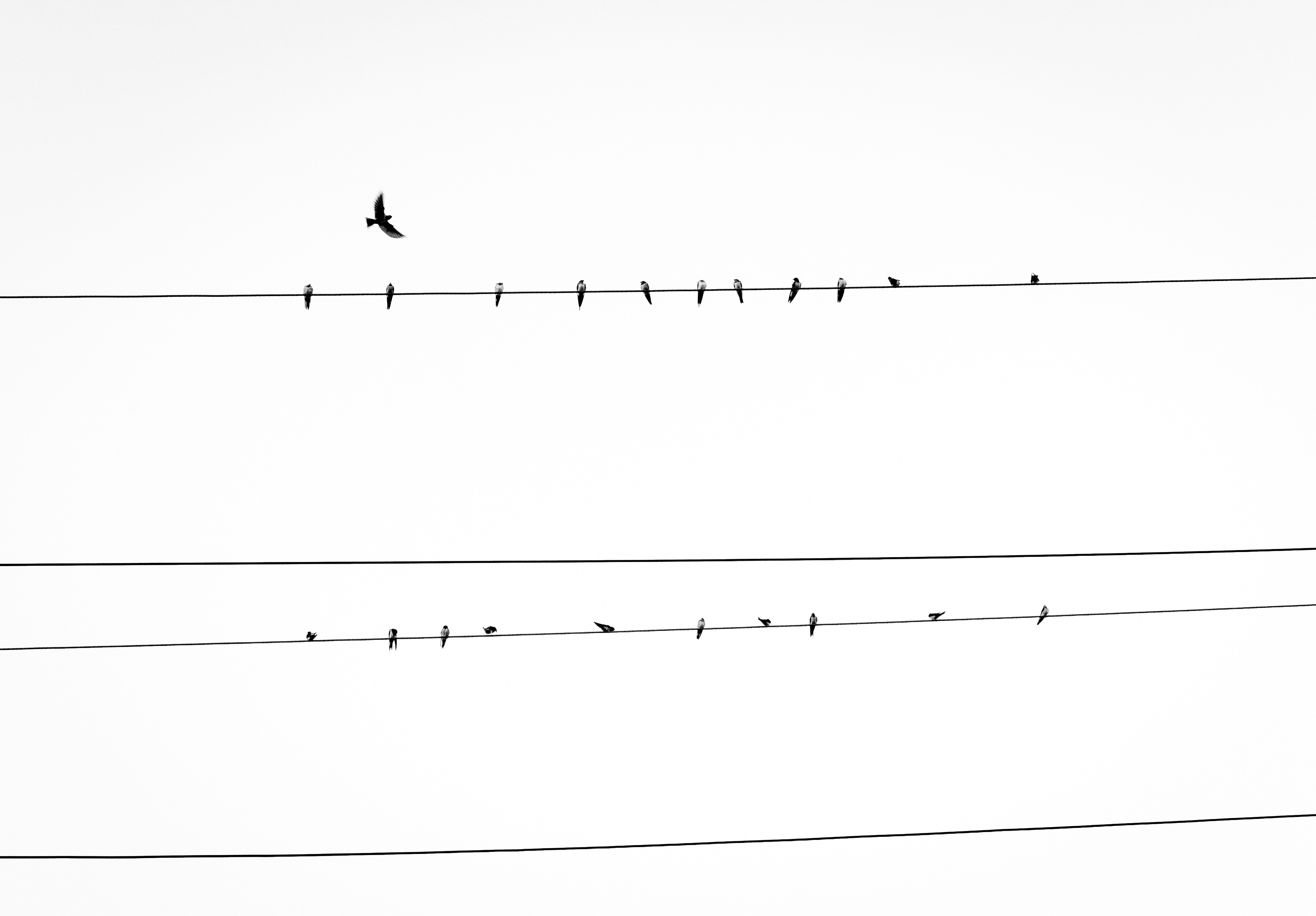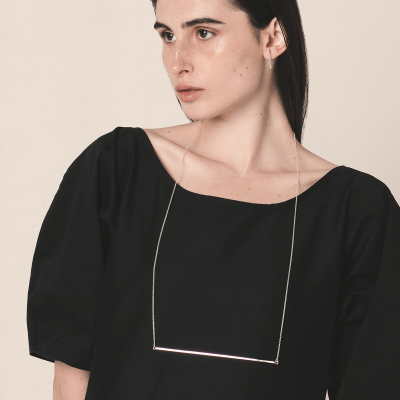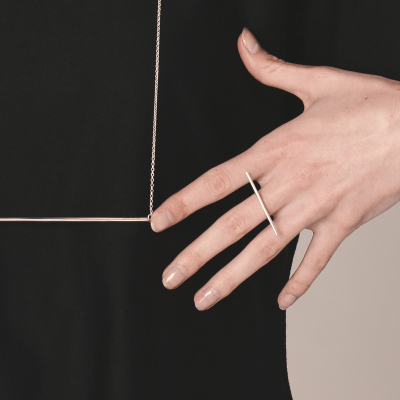- 7530 views
It could be fashion (clothing, jewelry, tattoos), it could be interior design, it could be art, or even a type of lifestyle.
So let’s see where all these trends originated from, shall we?
One of the branches minimalism was spawned from was an architectural movement called De Stijl that appeared in 1917 in the Netherlands. The Stijl developed and influenced many different arts and artists until 1931, when its leading figure, Theo van Doesburg, died. The movement aggregated important artists and architects like Piet Mondrian or Geritt Rietveld.
For De Stjl, the harmony, the inner peace of the pictorial style go hand in hand with the architectural equilibrium, all of these with great sensibility for the lines and rectilinear limits that traverse and define surfaces, while at the same time organizing them. The stylized metropolis is just a mise-en-scène of its inner rhythms and dynamics. The artistic language is essentialized, the elements it’s comprised of are very few: the line, the 90 degrees angle, the three primary colors and the three primary non-colors.
The movement also defines itself as neoplastic because it refuses figurative language, it rejects it programmatically and it hoists the herald of total abstraction. De Stijl considers that this is how one can reach absolute harmony of universal value. The “content” is deliberately avoided because it will never convey the totality of the real that they seek to sublimate.


The De Stijl creed is defined through order, equilibrium, unity, all of which metabolize chaos and bring forth a messianic perspective of the future. Their proposed architecture is a “pure manifestation of the immutable” (Walter Jaffe, Mondrian). The neoplastic object is self-sufficient, it defines the space around it, it aggregates it, it governs it in accordance with the vision that it emits.
Another father of minimalism is Ludwig Mies van der Rohe, a German-American architect, exponent of the Bauhaus movement and the author of the famous quote “Less is more”. What differentiates Bauhaus from De Stijl is that the former has in its center the community, while the latter focuses on seeking the absolute ideal. Van der Rohe’s simplicity and clarity molded city skylines from New York to Berlin. Architecture becomes a poetry in which one does not escape from reality, but in which one dwells. The contrasts are simultaneous, the rhythms are vertiginous, the democracy is verbal, the labyrinth is typological and the architecture is spontaneous.
So all you curios little beings who resonate with van der Rohe’s “Less is more”, stay tuned for part two of this tale on the origins of minimalism. ♥





